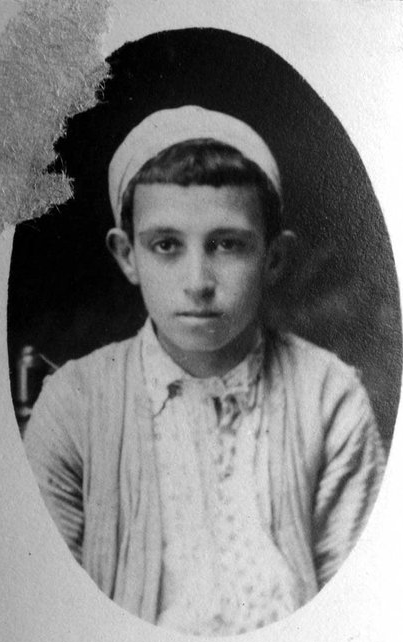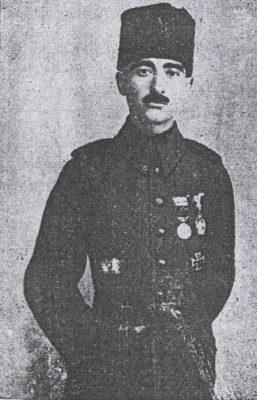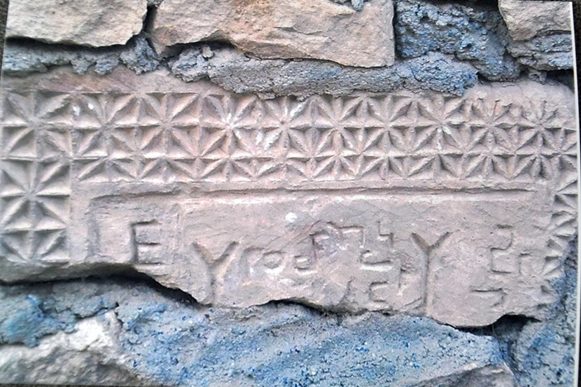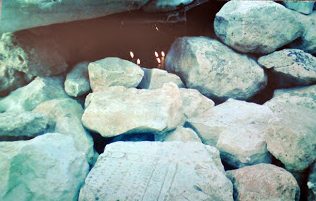The high mountains of the kaza are separated by tributaries of the Tigris. Eruh is a pasture-rich area, which is why Kurds, Yazidis and Turkic Seljuks have immigrated since the 7th century.
In the 7th century, when Eruh came under the rule of the Arab caliphate, the local Christian population was forced to leave.
History
It is known that the Eruh region was part of the Urartian kingdom, then conquered by the hegemonial powers at different times. In the 7th century, the region was ruled by Arab emirs and Armenian royal families. Already in the 12th century the Seljuks of Anatolia conquered the area, and in 1514, after the Battle of Chaldiran, it was annexed to the Ottoman Empire.
Population

According to the Ottoman census of 1890, 5,113 Armenians lived in the Eruh kaza. The census conducted by the Armenian Patriarchate of Constantinople in 1914 shows that the number of Armenians has sharply decreased to 3,393 people, or 377 households. The local Armenian population, which was mainly engaged in agriculture, settled in 22 villages of the Eruh kaza, maintainig four churches and two Armenian schools with 120 students.
The administrative center of the kaza Eruh was the village of The (Dih), where the majority of Armenians in the region lived: 2,412 Armenians, or 268 houses. The Armenian Surb Astvatsatsin (Holy Mother of God) and Surb Hovhannes (Saint John) churches were also located in The (Dih); there was also an Armenian school with 95 students.
The other Armenian-populated localities in the region were:
Tanche: 27 Armenians, or 3 houses
Kyugh: 18 Armenians, or 2 houses
Girdare: 16 Armenians, or 2 houses
Iqaka: 29 Armenians, or 3 houses
Lirde: 45 Armenians, or 5 houses
Govesher: 47 Armenians, or 5 houses
Gena: 25 Armenians, or 3 houses
Ayn / Anit: 19 Armenians, or 2 houses
Shekhtor: 7 Armenians, 1 house
Ahal: 26 Armenians, or 3 houses
Fendik: 225 Armenians, or 25 houses
Berevana: 46 Armenians, or 5 houses
Shavia: 44 Armenians, or 5 houses
Genad / Janet: 45 Armenians, or 5 houses
Savadi: 90 Armenians, or 10 houses
Savadi / Sheikhan: 45 Armenians, or 5 houses
Sera-Fukane / Serakavan: 53 Armenians, or 6 houses
Serra-Teiten: 45 Armenians, or 5 houses
Meydana-Olia: 47 Armenians, or 5 houses
Deshta-Lela: 88 Armenians, or 10 houses
Shernak: 364 Armenians, or 40 houses; one school – 25 students
Demechin / Midjin: 122 Armenians, or 14 houses
Dehreben: 225 Armenians, or 25 houses
Ravanga: 361 Armenians, or 40 houses
Aviraan / Havs: 35 Armenians, 4 houses
Mahre / Mer: 72 Armenians, or 8 houses

Destruction
“On their way to Bitlis, Halil and Cevdet carried out mass liquidations in the Siirt area. The 35 villages of the easternmost kaza[s] of the vilayet – Pervari [2,538 Armenians], Bohtan/Eruh [5,113 Armenians] and Şarnag [2,853 Armenians] (…)– were literally annihilated when the forces commanded by Halil and Cevded passed through them; the inhabitants were slaughtered on the spot.”
Excerpted from: Kévorkian, Raymond: The Armenian Genocide: A Complete History. London, New York: I.B. Tauris, 2011, p. 339
The Armenian church in the Turkish city of Eruh is being turned into an Islamic school (2013)

YEREVAN, MAY 1, 2013 ARMENPRESS. The historic Armenian church of Surb Hovhannes in the Dih district of the Turkish city of Eruh is being turned into an Islamic religious school for girls without any permission. As reports “Armenpress” referring to Turkish Demokrathaber.net, this was stated by the representatives of the Siirt (Sghert) branch of the Human Rights Protection NGO at a press conference. “This is violence against the Armenian people’s right to life. At present, it is necessary to launch an administrative-criminal investigation against those responsible“, the members of the organization said. Serdar Batur, head of one of the branches of the Human Rights NGO, showing the relevant photos, said that currently the stones with Armenian inscriptions on the cross are used to erect another building. Batur said the church was formerly visited by Muslims who came to light candles, and in early April a group of women used to come to the church to prepare food and distribute it to

those in attendance. According to him, the construction of another building instead of a place of historical worship is intended to erase history. Another member of the human rights organization, Zana Aksu, spoke about the existence of Armenian graves in the Eruh-Siirt region, which appeared during road construction works. “As a result of digging cars, a 100-square-meter grave appeared. The villagers collected the bones that came out of the grave and put them in their place. However, the authorities did nothing in this regard,” said Aksu, who also stressed the need to deal with the bitter historical events of 1915. Speaking about the ongoing construction in the territory of the Armenian Church, he noted that the sole purpose of these actions is to erase the traces of Armenians. “It is necessary to stop the construction that started in this place immediately. It is necessary to renovate other structures like this and open them for tourism. Such structures, which are a mosaic of the peoples of the region, must be preserved,” he said.
Translated from: https://armenpress.am/arm/news/717268/